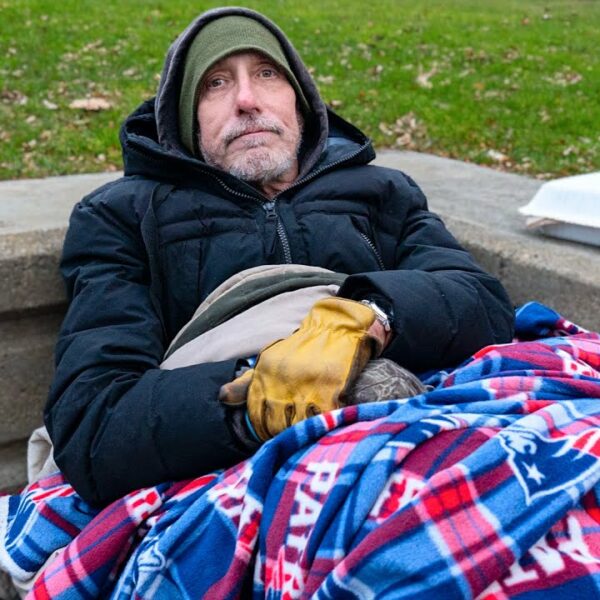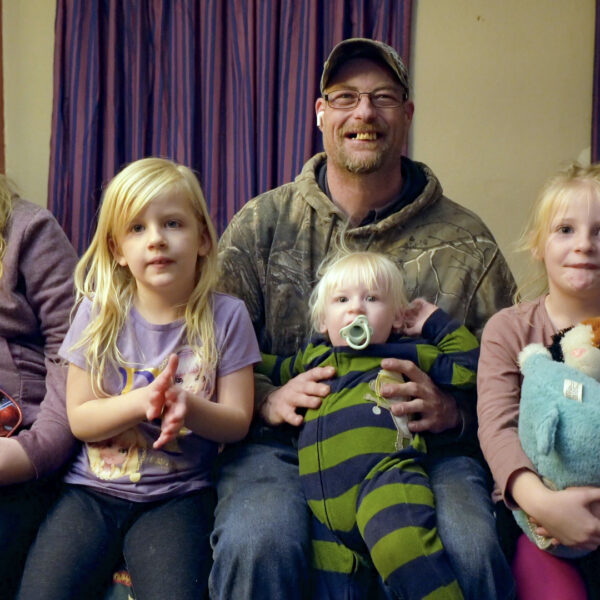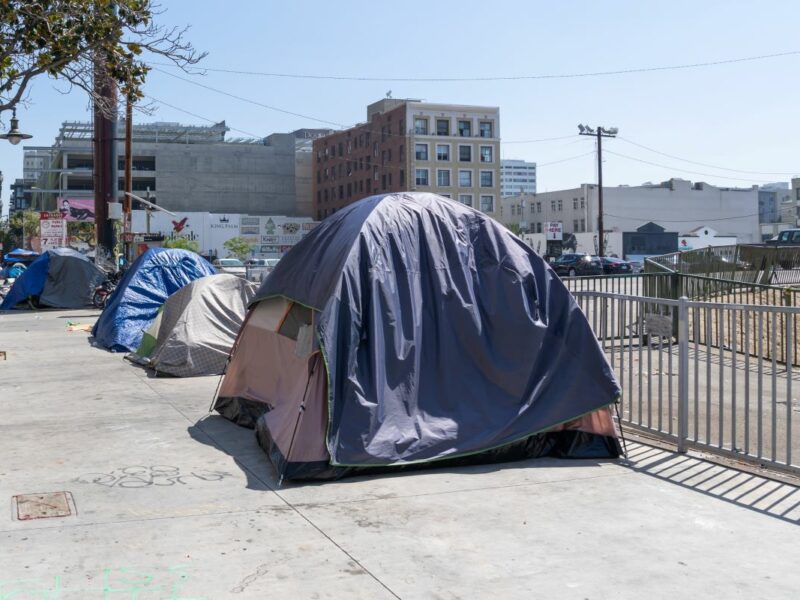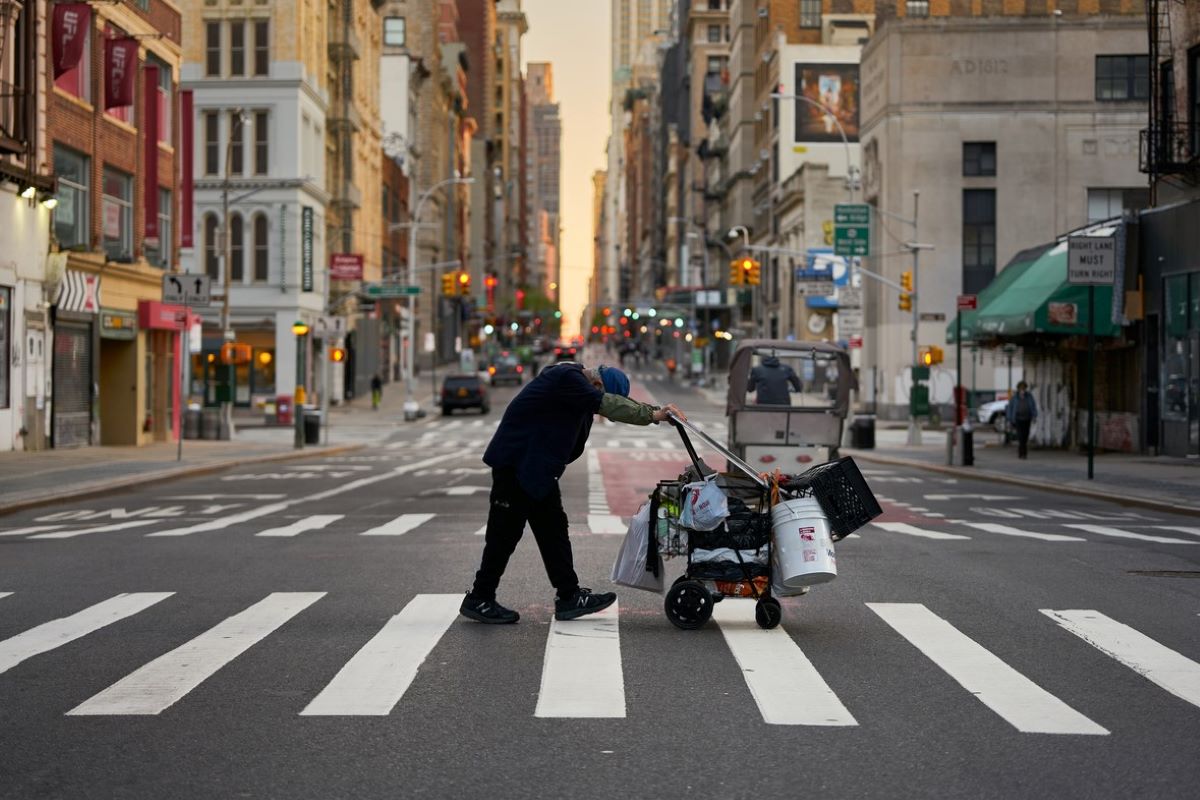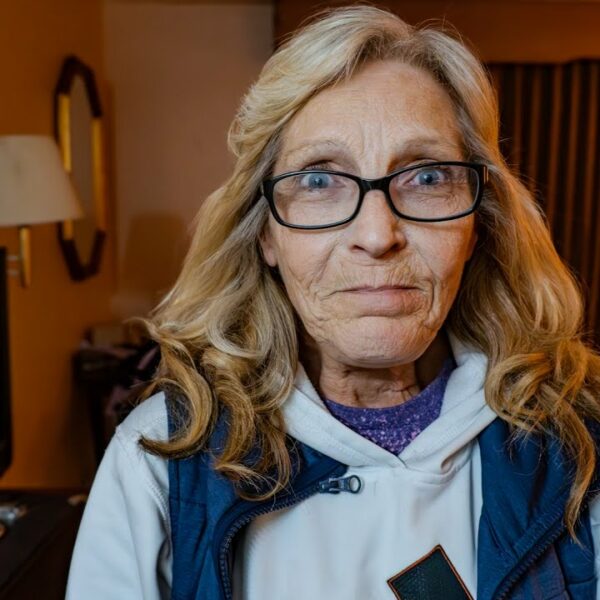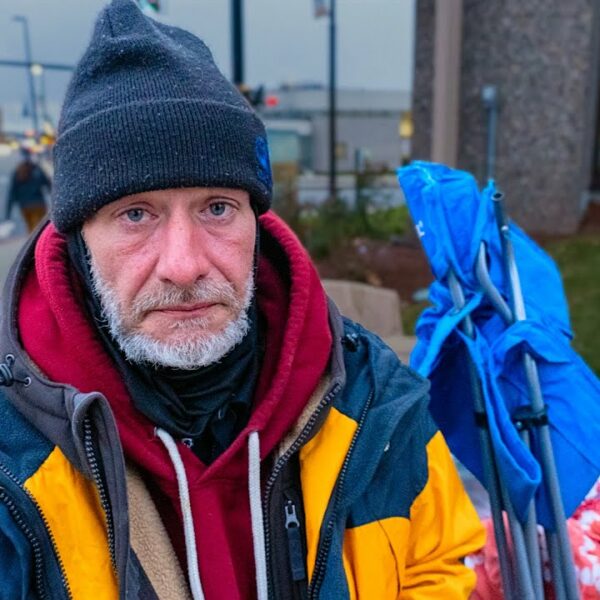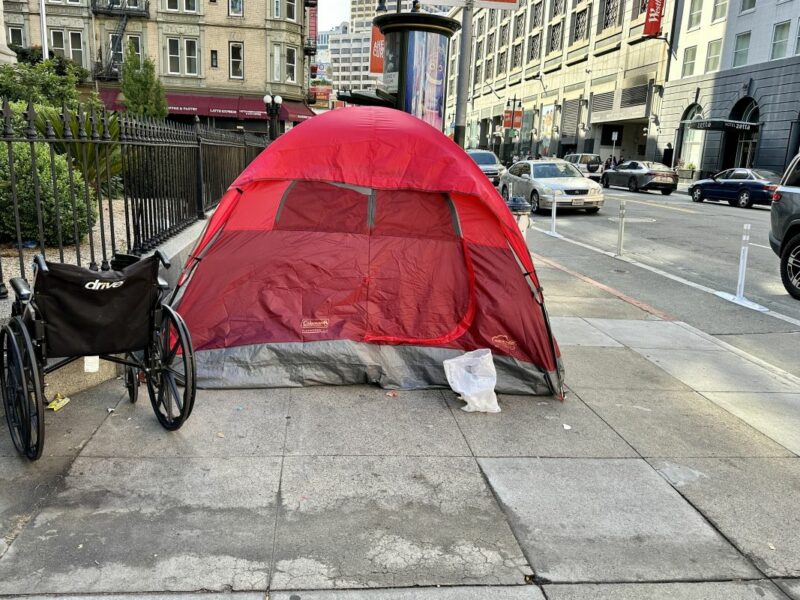Will This Funding Really Help Homeless People, or Simply Feed the Homeless Industrial Complex?
In March, New York City Mayor Eric Adams launched a $15 million shelter development fund for nonprofits to help build, own, and operate shelters. According to Mayor Adams, one of the primary goals of this fund is to replace aging and substandard shelters with better high-quality facilities.
As a formerly homeless youth that spent time in various New York City shelters, I have mixed feelings about this announcement.
Of course, any support for further homeless services is good. Moreover, it is comforting to hear Mayor Adams point out the issue of aging and substandard shelters. However, I challenge those in the homeless sector to consider other reasons why shelters are so poorly maintained and managed.
I don’t think it’s necessarily a lack of funding. In fact, the wrong questions are being asked. Sometimes, the wrong solutions are being implemented.
It’s true that I’m no expert, but I have been homeless and know what the issues of homelessness are. Homeless people must be heard, including families living in their cars, motels, and under bridges. There are so many different kinds of homeless experiences, with so many varying factors that cause that homelessness. These individuals have experience, are intelligent and thoughtful, and can provide invaluable insights.
I’ll start with my experience and the $3,500 the city paid to shelters to shelter me.
I couldn’t believe it, honestly. The rooms were so small, the mattress was on the floor, there weren’t burners on the stove, and the toilets were constantly clogged and out of service. The rats, the roaches, the heat was above 100 degrees that summer, and we had no air or fans. I slept in a puddle of sweat and felt like I had mistaken that place for a prison. But that’s not the point – or at least not the whole point.
Here’s the entire picture and why $15 million isn’t going to fix this. The issue isn’t that $3,500 isn’t enough; it’s the thoughts inside the providers’ minds.
My social worker thought of homeless people as lazy and entitled people. I had to listen to this at my weekly appointments while the girl across the hall was running out of antidepressants and thinking about killing herself.
So, why is this happening? A few years later, after I left that shelter, I found out that the nonprofit operating that shelter (Aguila) was on trial for money laundering and misuse of funds. And that is simply one of many cases.
In fact, there are several cases of nonprofits profiting off public funding.
Perhaps this is happening because many people believe stereotypes that homeless people are lazy, entitled, and freeloading off the government. So, it’s easier to justify their mistreatment and the misuse of funding. That kind of thinking is everywhere. It’s in the minds of the security guards, the social workers, and the executives at the top.
But that’s just a part of it. In another post from Invisible People, I write about the Homeless Industrial Complex and why homelessness is not accidental.
Homelessness is profitable, and these nonprofits are profiting from homeless people.
In Harlem, we have Picture the Homeless, a local grassroots organization that homeless people lead, and they can share and teach us a lot about the homeless industrial complex. They specifically target social justice issues such as the lack of affordable housing and the shelter-industrial complex.
What is so important to recognize is an entire business of homelessness that has emerged and thinks of homeless people as a potential source of income. When you think about it, it makes sense that the shelters in NYC don’t operate as they’re “supposed to,” or at least supposed to, for homeless people.
Shelters need to remain full. Homeless people need to remain homeless. This will allow shelters to stay in business and demand.
Ending homelessness would not be very profitable. Conditions need to remain poor to gain more funding. It’s in this mindset that we put profits above people. And I suppose that has always been the case, but it is the most dangerous when that mindset is applied to the most vulnerable and at-risk population.
What we need is compassion. We must close the gap of otherness and better understand the story of homelessness. Without that, ending homelessness will always be a fairytale concept in our very real world.



